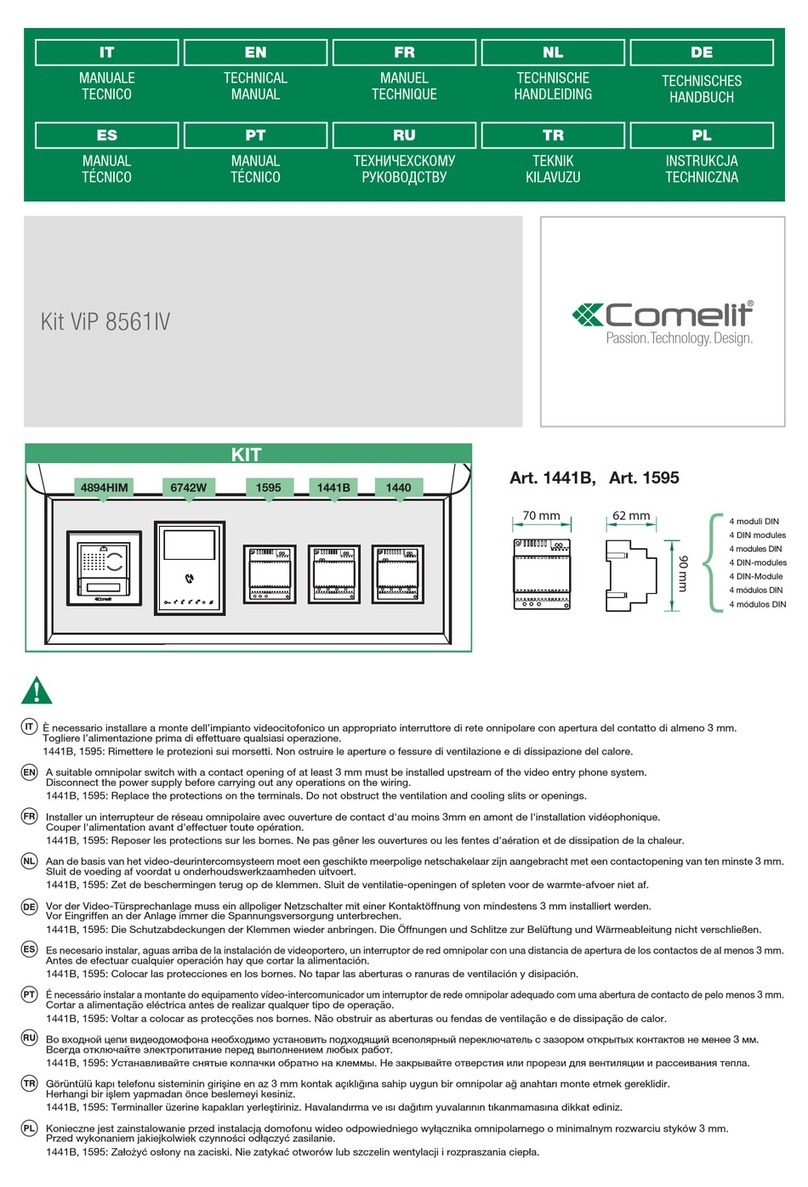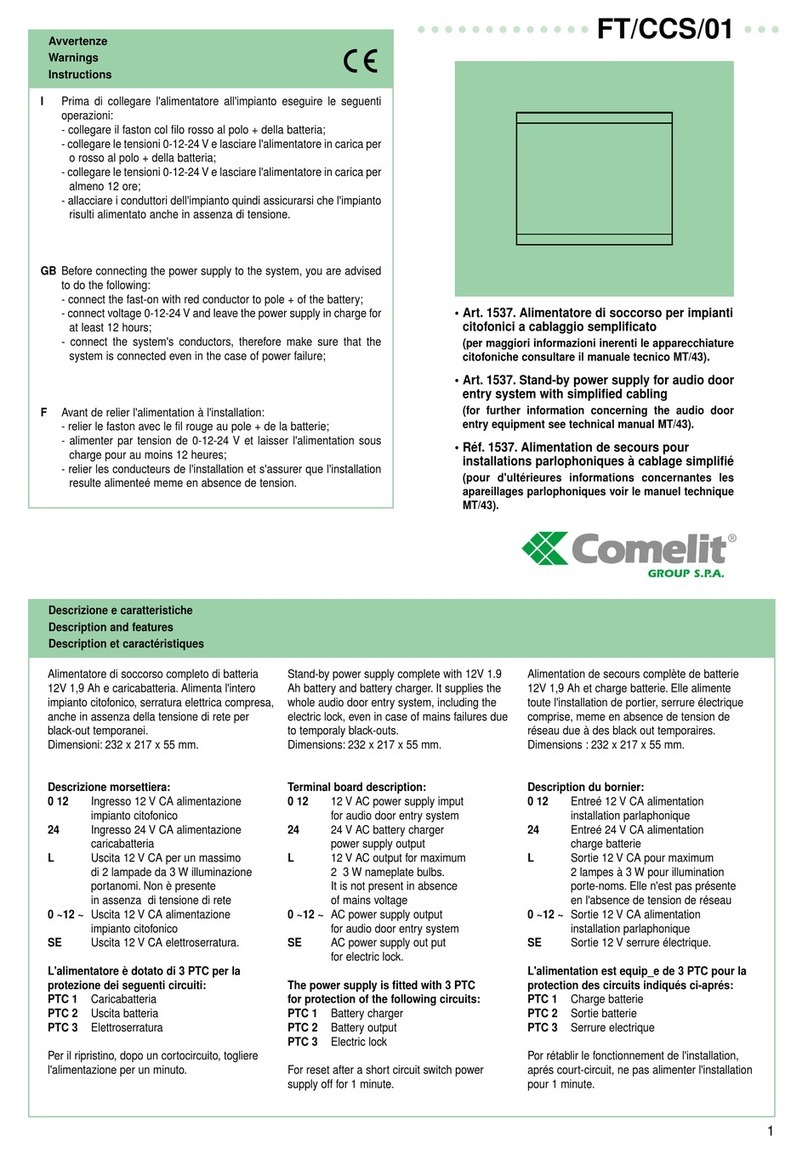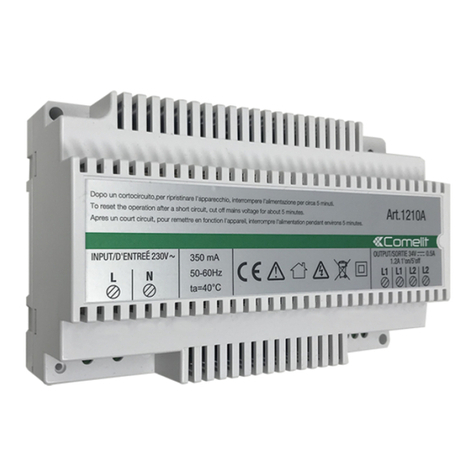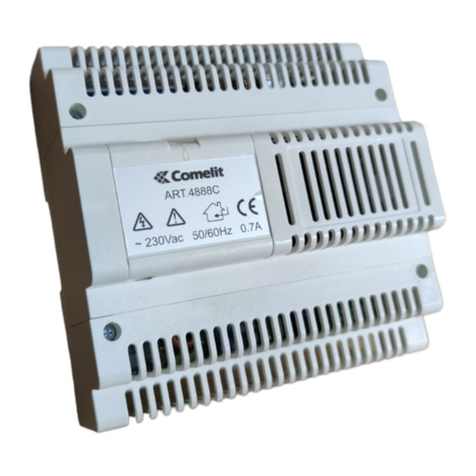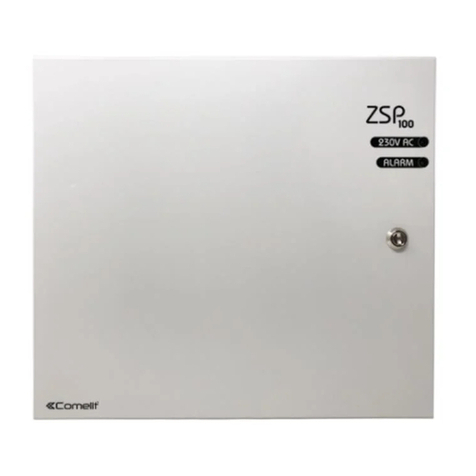
TABLE OF CONTENTS
1. PSU FEATURES.....................................................................................................................................4
2. FUNCTIONAL REQUIREMENTS OF THE PSU.............................................................................4
3. TECHNICAL DESCRIPTION..............................................................................................................5
3.1. GENERAL DESCRIPTION........................................................................................................................................................5
3.2. BLOCK DIAGRAM.................................................................................................................................................................5
3.3. DESCRIPTION OF COMPONENTS AND POWER SUPPLY TERMINALS.........................................................................................6
4. INSTALLATION....................................................................................................................................8
4.1. REQUIREMENTS...................................................................................................................................................................8
4.2. INSTALLATION PROCEDURE. ................................................................................................................................................9
4.3. PROCEDURE FOR CHECKING THE POWER SUPPLY AT THE PLACE OF INSTALLATION............................................................10
5. FUNCTIONS.........................................................................................................................................11
5.1. CONTROL PANEL................................................................................................................................................................11
5.2. TECHNICAL OUTPUTS.........................................................................................................................................................12
5.3. INPUT OF COLLECTIVE FAILURE:EXTI...............................................................................................................................13
5.4. INDICATION OF THE ENCLOSURE OPENING -TAMPER. .....................................................................................................13
5.5. PSU OVERLOAD.................................................................................................................................................................13
5.6. SHORT-CIRCUIT OF THE PSU OUTPUT. ...............................................................................................................................13
6. RESERVE POWER SUPPLY CIRCUIT...........................................................................................14
6.1. BATTERY DETECTION. .......................................................................................................................................................14
6.2. PROTECTION AGAINST SHORT-CIRCUIT OF THE BATTERY TERMINALS................................................................................14
6.3. PROTECTION AGAINST REVERSE BATTERY CONNECTION....................................................................................................14
6.4. DEEP DISCHARGE BATTERY PROTECTION UVP. .................................................................................................................14
6.5. BATTERY TEST...................................................................................................................................................................14
6.6. MEASUREMENT OF THE RESISTANCE OF THE BATTERY CIRCUIT.........................................................................................14
6.7. BATTERY TEMPERATURE MEASUREMENT. .........................................................................................................................14
6.8. STANDBY TIME. .................................................................................................................................................................15
7. TECHNICAL PARAMETERS. ..........................................................................................................16
Table 5. Electrical parameters.............................................................................................................................................16
Table 6. Mechanical parameters..........................................................................................................................................18
Table 7. Safety of use............................................................................................................................................................18
Table 8. Operation parameters. ...........................................................................................................................................18
Table 9. Recommended types and sections of installation cables. .......................................................................................18
8. TECHNICAL INSPECTIONS AND MAINTENANCE...................................................................19
